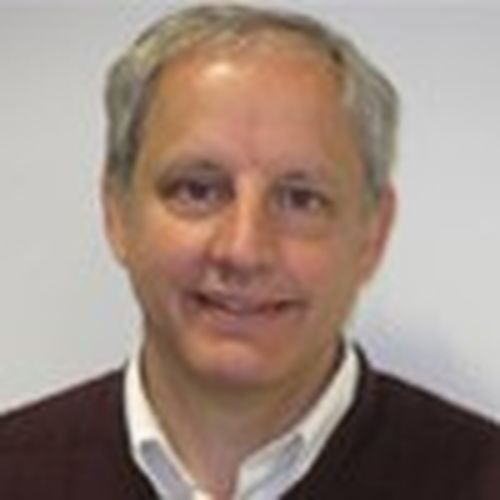Jackson Pollock and Hueco Tanks: Successes in Mobile Art Object Analysis
Jackson Pollock and Hueco Tanks: Successes in Mobile Art Object Analysis
Presented by:
Thomas Tague Jr., Bruker OpticsThe analysis and characterization of important objects can be challenging due to their location and accessibility. The noninvasive and nondestructive analysis of such objects is critical for preservation. For these investigations infrared (IR) and Raman spectroscopy can be employed to accurately characterize the chemicals present. IR is particularly useful for organics analysis and Raman spectroscopy is useful for pigment analyses because pigments frequently contain inorganic compounds that have a molecular signature outside the typical range of an FTIR system.
In this effort, mobile IR and Raman instruments were used to analyze pictographs and the underlying stone in a cave in Huevo, Texas with the goal of removing graffiti applied both recently and over 100 years ago. The pictographs and stone need to be preserved while the graffiti is safely removed by laser ablation. Secondly, the same portable methods have been used at the Jackson-Krasner House in New York to characterize the paints still present on the workshop floor, where Jackson Pollock created many of his masterpieces. The characterization and subsequent publication of paint analysis for the first time should prove valuable in authenticating paintings attributed to Pollock.
About the presenter
Thomas Tague, Ph.D., is the applications manager for Bruker Optics. He is also a member of the Visiting Advisory Committee of the Metropolitan Museum of Art in New York and the Advisory Board of Amplified Sciences. Tague received his doctorate in chemistry from The University of Utah and his Bachelor of Science degree, also in chemistry, from The University of Texas at San Antonio. He conducted his postdoctoral research at the University of Virginia, working with Professor Lester Andrews.
Tague is a member of the American Chemical Society, the Society for Applied Spectroscopy, the American Physical Society, and Optica. He is active in developing new methods and instrumentation with the goal of improving the sensitivity and detection limits of spectroscopy-related applications. He has more than 90 publications and holds five patents.
Search for more products and services

We use cookies to improve user experience and analyze our website traffic as stated in our
Privacy Policy. By using this website, you agree to the use of
cookies unless you have disabled them.